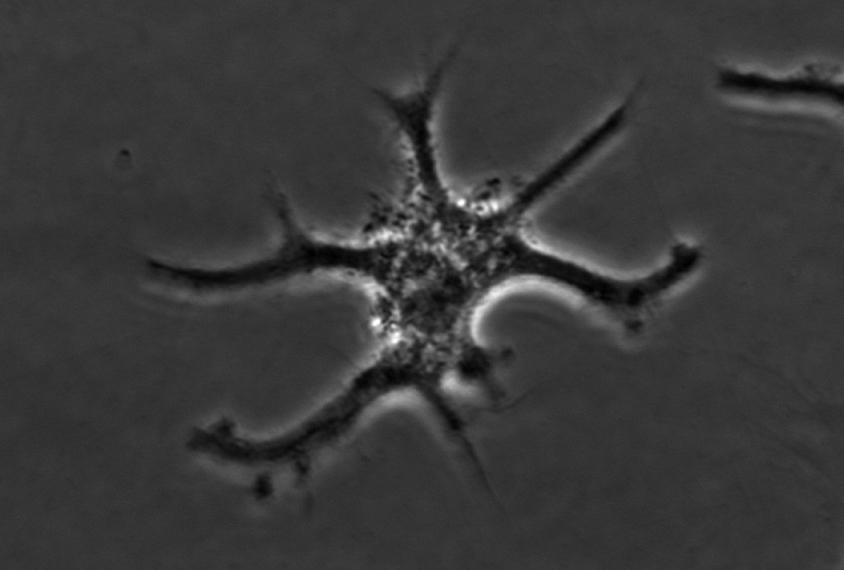
Rudolph Jaenisch
THIS ARTICLE IS MORE THAN FIVE YEARS OLD
This article is more than five years old. Autism research — and science in general — is constantly evolving, so older articles may contain information or theories that have been reevaluated since their original publication date.
A new method transforms lab-made stem cells into microglia, the brain’s immune cells1. The technique should give researchers a ready source of microglia that will help them investigate the cells’ role in autism.
In the brain, microglia destroy pathogens and also prune the junctions between neurons, called synapses, during brain development. Microglia are more activated in the brains of people with autism than in control brains, but it is not clear whether or how they contribute to the condition.
In order to study microglia, researchers need embryonic stem cells, which are in short supply. The new method produces microglia from stem cells reprogrammed from skin cells. Researchers described the method 26 September in Nature Medicine.
The researchers grew both human embryonic stem cells and reprogrammed stem cells in a medium that mimics the fluid bathing the central nervous system. Then they introduced a four-chemical cocktail to trigger the cells to become microglia.
One week later, the cells had formed small closed sacs, which flattened into lawns of cells. The lawns then separated into islands, the edges of which sprouted grape-like clusters. Eventually, microglia broke away from the clusters.
The cells move by extending their projections along the culture dish and pulling the cell body along. Like other microglia grown in culture, they engulf plastic beads put into the dish. They also have gene expression patterns resembling those of human microglia.
When grown in the presence of neurons and other brain cells, the microglia move through the tissue culture as expected. And when a cell becomes damaged, they move quickly to the injury site.
The researchers grew microglia from 20 stem cell lines in two to four weeks. One of these cell lines carries a mutation in the gene mutated in people with Rett syndrome, an autism-related condition. These mutant cells formed unusually small microglia — a result that might offer clues about microglia’s role in Rett.
By joining the discussion, you agree to our privacy policy.